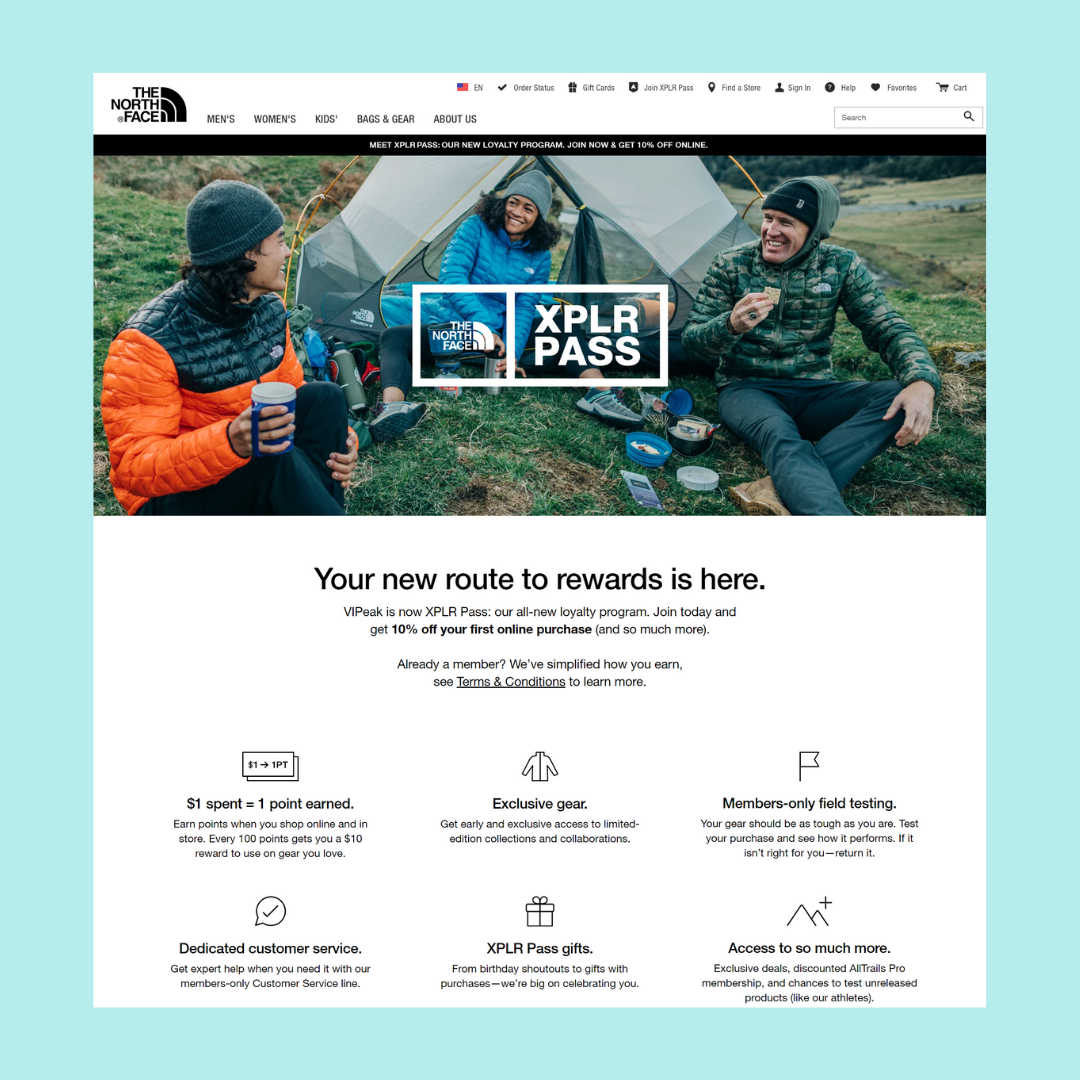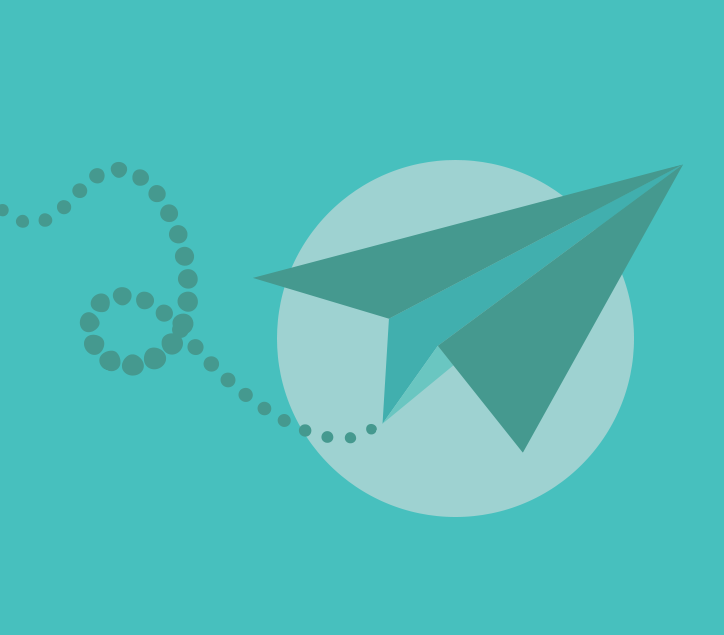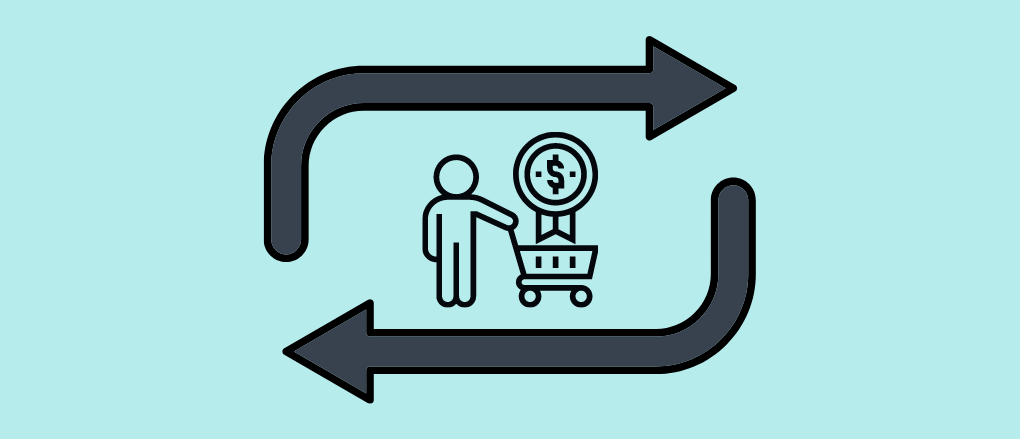When it comes to building a business, fostering an audience of loyal customers that keep coming back should be one of your primary concerns.
But loyalty isn’t just a yes or no; there are various types of loyal customers- and learning each type will help you earn more of them.
In this article, we’ll teach you the five types of loyal customers and how to get more of them.
But first, let’s talk a bit about why brand loyalty is so important in the first place.
Why Loyal Customers are so Important
The probability of reselling to existing customers is between 60% and 70%.
Compare that to the probability of selling to new customers, between 5% and 20%.
Or in other words, return customers are one of the foundations of a long-standing business.
And the best way to reliable get repeat customers?
By fostering brand loyalty.
So with that being said, let’s talk about the different shapes that loyalty takes in a business’ customer base
The 5 Types of Loyal Customers
Customer loyalty can broadly be split between five categories.
And each of these categories comes with different pros, cons, and challenges. So let’s go over each!
1: “True” Loyalty
This is the “classic” type of loyalty, where your die-hard fans and most valuable customers fit in.
“True” loyal customers are the ones who follow your brand on an almost unconditional basis.
They’ll keep coming back, recommending new people towards your brand, and as long as you stay true to your foundations- you shouldn’t have to worry too much about them going anywhere.
To keep people in the fold as true loyal customers, give them rewards and discounts for being such an advocate, incentivize them to recommend your brand to friends through reward programs (more on those next section), and make them feel heard by your brand.
The last thing you want to do is leave your loyal fans in the dust. Make sure they know how valued they are by the business.
2: Incentivized Loyalty
These are the customers who are loyal to your brand because of an incentive, like a loyalty program, for example.
Incentivized loyalty is excellent because it provides the tools you need to encourage customers to market your business through referral programs and the like.
The best way to foster and build on incentive-based loyalty is to ensure that the incentives are always enough to keep customers hooked while encouraging them to bring more people in the fold through things like referral and affiliate programs.
It’s a win-win-win scenario: You get more marketing, new customers, and your customers get free rewards for introducing new people to your brand. Every party involved ends up happy.
3: Convenience Loyalty
Loyalty out of convenience is a tricky one.
These are the customers who are loyal to your brand because it’d be more of a hassle to switch to a new brand. Why try something new when you know what works already?
It’s the “not broken, don’t fix it” mindset.
The challenge with convenience loyalty is that it’s not very hard to sway.
If a customer finds a better deal, better product, or even a small reason to switch it could be the loss of a valuable customer for you.
Which is why it’s essential to try and move convenience loyalty customers up the ladder.
The most straightforward way to do that is to turn them into incentivized customers through the means we discussed in the last section.
Keeping top-of-mind awareness is also critical for keeping convenience-based loyalty to your brand.
Since there’s not much keeping these customers coming back to you, sending out occasional reminders and reasons to come back is in your best interest.
4: Condition-Based Loyalty
Condition-based loyalty is similar to convenience loyalty, but it’s still got a few significant differences.
While convenience loyalty is often not for any particular reason other than… well, convenience- condition-based loyalty is based on one or two key reasons.
A condition-based loyal customer might be loyal to your brand purely because the price is lower than your competitors.
Or perhaps your product offers a feature that other apps don’t.
Condition-based loyalty can be tricky because it can easily switch to convenience loyalty if your competitors start matching those conditions that brought new customers in the first place.
The best way to foster and keep condition-based loyalty is to keep your brand identity and the values, features, and products that set you apart from the rest.
Condition-based loyalty is also a great transition period into the aforementioned “true” loyalty with enough time and customer-centric values.
Put your customers’ interests first, and you’ll see more and more of them switch to true fans.
5: Non-Loyalty
And the last category of loyalty is non-loyalty.
Non-loyal customers are ones who don’t go back to your brand for any particular reason. They might shop around, purchase a thing or two from your store, and make their next purchase from another one.
The goal with non-loyal consumers is to turn them into loyal consumers.
The exact path you take to do that will differ depending on your marketing approach. But in general, you’ll want to give them a reason to be loyal to your brand.
Offer loyalty incentives like in-store gift cards for recommending new customers to the brand, encouraging both parties to return to the store. This would be an approach to gain incentivized loyal customers.
Or you could offer coupons for every third purchase with you.
You could even send out email marketing messages detailing how your prices are the best deal around, which would be a great way to gain condition-based loyalty.
Even a simple newsletter would be an excellent way to stay top of mind and net more convenience-based loyalty within your customer base.
And on that note, let’s talk about a few tips you can take away to help foster more loyalty within your brand.
How to Foster Loyal Customers for Your Business
Here are a few things you can do to increase brand loyalty across the board. Feel free to take one or all of them as you see fit to optimize your own strategy.
Use Incentive Programs that Align with Your Brand
Incentive programs come in many shapes and sizes- Find the ones that align with your brand and product to earn more incentive loyalty among customers.
Run a store that brings in high numbers of small purchases over the year from your customers? A stamp-card-style loyalty program would work wonders.

Or perhaps your store relies on a few high-ticket purchases from each customer through their time with your brand. In that case, sending out discount codes to subscribers near the holiday season is an excellent idea.
Or you could even set up a referral program through an app like Loox.
Whichever route you pick, make sure the approach makes sense with both your product, customer behavior, and brand identity.
Create a Community for Your Followers & Customers
One great way to create a following of die-hard followers is by building a community that’s worth following in the first place.
Customers that are welcomed into a positive community are much more likely to stay loyal to the brand long-term. So take steps to build that community.
Create group pages, run events, and encourage engagement on your posts.
Remember, it’s not all purely about the profit when it comes to community building- The more your audience engages with you and each other, the tighter-knit the community becomes.
Put Loyal Customers’ First
Even the least experienced buyers can sniff snake oil salesmen from a mile away.
Consumers are more educated now than ever, and the brands that net the most profit and loyalty are the ones that take steps to put customers first.
From your product to your customer support and messaging, let your customers know that they’re priorities to your brand. Through both words and actions.
The Common Missteps Brands Make When it Comes to Loyal Customers
While we’ve talked a lot about the things you can do right to gain more loyal customers, it’s just as important to talk about what brands commonly do wrong.
So here are the most common missteps we see stores make when it comes to fostering loyalty.
Lack of Customer Service
One of the biggest brand-building sins- is a lack of care for the customers that support your business.
Customers are the lifeblood of any business, so their satisfaction should be a top priority.
A brand that puts customer happiness first gets loyal, returning customers.
And one that doesn’t is a brand that gets terrible reviews, declining return rates, and less profit.
No Data to Inform Their Approach
The second of the missteps is a lack of data collection.
If your goal is to foster loyalty, then you need to know why customers become loyal to your brand in the first place.
Is it your prices?
Your brand message?
Your business’ values?
The only way to find out is by collecting that data. You can use various tools to do this, but one of the best ways is to ask your customers directly.
Post-purchase surveys with an app like ReConvert are a great, hassle-free way to get this done.
And once you’ve got that data, you’ll know precisely the strengths you should hone in on to improve your customer loyalty brand-wide.
The Wrap Up
And there you have it, the full rundown on the various types of brand loyalty- And how to foster it too.
What to do, what not to do, and everything in between. If this guide helped you, let us know in the comments below!
And if you have any comments, questions, or concerns, we’d love to hear!
Otherwise, be sure to check out more of the content on our blog for tips on improving your business through stellar customer service.




